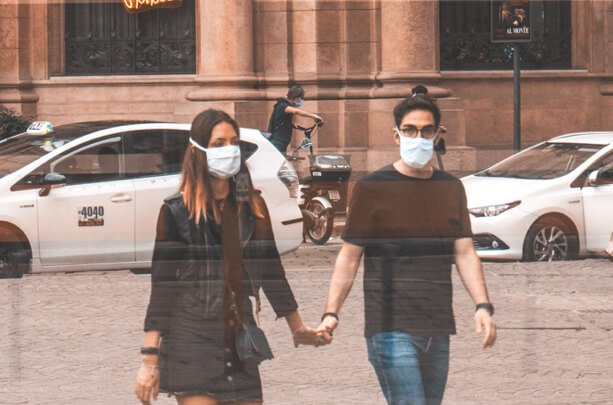Table of Contents
What Travelers Need to Know About Polio Risk
Traveling abroad can be full of exciting adventure, but it can also come with health risks—like polio. Polio, a crippling and potentially deadly disease, is making a comeback in some parts of the world. At Destination Health Clinic, we’re here to keep you informed and protected with the latest on polio vaccination for international travelers. The adult polio booster dose is recommended by the Center for Disease Control and Prevention (CDC) before arriving to some countries.. Here’s what you need to know about polio risk areas, why it’s spreading, and how to stay safe.
Polio Risk Areas: Where Travelers Face Exposure
Polio is a current threat in over 30 countries across Africa, Asia, and the Middle East. According to the CDC, circulating poliovirus is active in popular tourist areas like Kenya, Tanzania, Ghana, Nigeria, Uganda, Zimbabwe, and Indonesia. These polio risk areas pose a danger to unvaccinated or under-vaccinated travelers, especially adults who may not realize their childhood vaccines need a boost.
Polio virus spreads easily through contaminated food, water, or poor hygiene, thriving in areas with low vaccination rates or inadequate sanitation.
Polio Vaccination: Do Adults Need a Booster Dose?
Most U.S. adults received polio shots as kids, but that might not be enough anymore. The CDC recommends a one-time polio booster dose for adults who:
- Are fully vaccinated from childhood (with inactivated polio vaccine, IPV) but plan to visit polio risk areas.
- Will stay in affected countries for extended periods (e.g., over 4 weeks), where some governments may require proof of recent vaccination.
This adult polio booster vaccine strengthens immunity, especially if it’s been decades since your last shot. The vaccine is a quick injection—typically in the arm—and offers robust protection against paralytic polio. At Destination Health Clinic, we’re a certified travel health provider, ready to administer your polio vaccination.
Protect Yourself Before You Travel
Polio isn’t a distant memory—it’s a present risk for international travelers. With cases climbing in polio risk areas and the virus spreading due to travel and low immunity, now’s the time to act. A polio booster dose for adults is a simple, effective way to stay safe, and it’s available right here at any of Destination Health Clinic’s Massachusetts locations.

